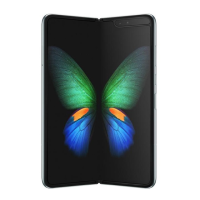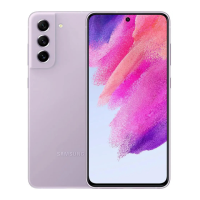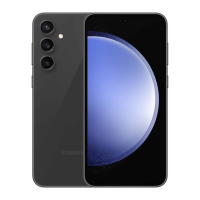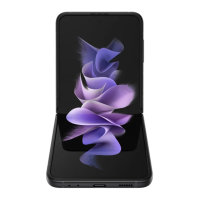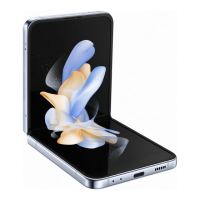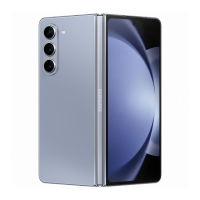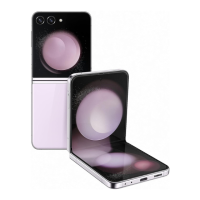
Do you have a question about the Samsung Galaxy F23 and is the answer not in the manual?
| Resolution | 1080 x 2408 pixels |
|---|---|
| Processor | Qualcomm Snapdragon 750G |
| RAM | 4GB / 6GB |
| Storage | 128GB |
| Rear Camera | 50 MP + 8 MP + 2 MP |
| Front Camera | 8 MP |
| Battery | 5000 mAh |
| Operating System | Android 12, One UI 4.1 |
| Dimensions | 165.5 x 77 x 8.4 mm |
| Colors | Aqua Blue, Forest Green, Copper Blush |
| Display | 6.6 inches, 120Hz |
| Weight | 198 g |
Explains the physical components and their locations on the device.
Details on how to charge the device's battery using wired or wireless methods.
Instructions for inserting and managing SIM/USIM cards for network connectivity.
Guide on installing and using microSD cards for expanded storage.
Procedures for powering the device on, off, and performing a forced restart.
Steps for initial device setup, including signing into a Samsung account.
Guide to transferring data from a previous device using USB or wirelessly.
Overview of touchscreen gestures, navigation bar, and home/apps screens.
How to access and manage notifications and quick setting buttons.
Guide to using the on-screen keyboard, changing input languages, and keyboard functions.
Steps for downloading, installing, and removing applications from the device.
Guide to making/receiving calls, managing contacts, and blocking numbers.
Instructions for taking photos and recording videos using various modes and settings.
How to view, manage, and edit images and videos stored on the device.
Using split-screen and pop-up views to run multiple applications simultaneously.
Setting up and using Samsung Pay for online and offline payments.
Managing health and fitness goals, tracking progress, and viewing health tips.
Connecting your device to a Windows PC for data access and notifications.
Managing Wi-Fi, Bluetooth, mobile networks, and other connection options.
Connecting to Wi-Fi networks and pairing with Bluetooth devices.
Customizing ringtones, notification sounds, system sounds, and vibration settings.
Adjusting brightness, dark mode, motion smoothness, and font settings.
Configuring screen lock types, patterns, PINs, and passwords.
Setting up and using security features like face and fingerprint recognition.
Optimizing device performance, managing battery, storage, and memory.
Customizing system settings, language, date/time, and keyboard options.
Important guidelines and safety information for proper and safe device operation.
Understanding why the device may overheat and steps to resolve the issue.
Solutions for common device problems, error messages, and basic troubleshooting.
Addressing slow or improper touchscreen response and potential malfunctions.
Instructions and safety warnings regarding battery removal, emphasizing professional service.
